#Wartime
Text

Continuing my Whip & Fiddle series in patreon. I love drawing this era sfm you guys 🫡
#stucky#wartime#steve rogers#bucky barnes#steve x bucky#1940s#illustration#my art#digital art#marvel fanart#captain america#mcu
694 notes
·
View notes
Text

A soldier giving his wife a passionate kiss at Pennsylvania Station as he says goodbye before returning to duty after a brief furlough, 1944.
Photo: Alfred Eisenstaedt via Google Arts & Culture
#vintage New York#1940s#Alfred Eisenstaedt#World War II#soldier farewell#farewell#goodbye#kiss#Penn Station#wartime#b&w photography#home front#vintage NYC
191 notes
·
View notes
Text

A female station attendant pumping gas in the winter of 1942. Photographed in New York by Royden J. Dixon for the Office of War Information.
149 notes
·
View notes
Text
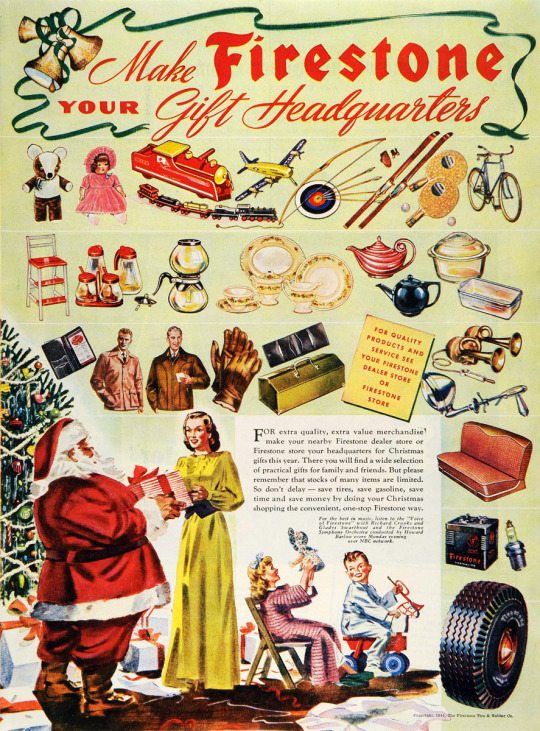
Firestone Tire & Rubber Co, 1944
#Christmas gifts#ad#1944#vintage#Santa Claus#advertisement#illustration#1940s#wartime#mid-century#gifts#tires#advertising
264 notes
·
View notes
Text
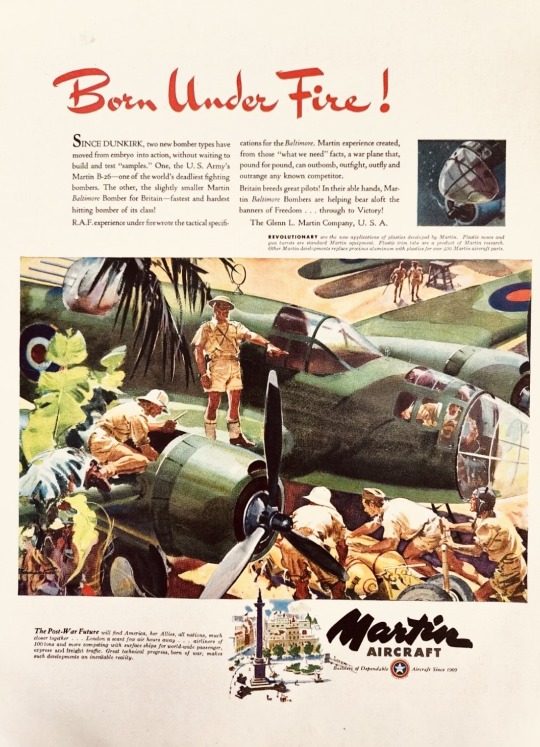
1942 Martin Aircraft Wartime advertisement
#1942#ww2#wartime#wwii#world war 2#vintageadsmakemehappy#vintage magazine#vintage advertising#magazine#advertising#40s#1940s#Martin#bomber#aircraft
86 notes
·
View notes
Text
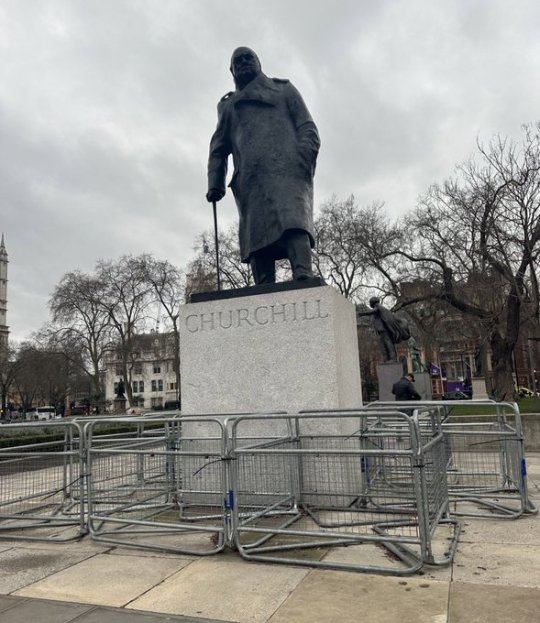
When we barricade our heroes, something's wrong with our culture.
#Sir Winston Churchill#Parliament Square#London#WWII#UK#Churchill statue#barricades#vandalism#heroism#leadership#wartime#Allies#Darkest Hour#The Last Lion#British history
21 notes
·
View notes
Text
Well shit I wasn't expecting much from The Cazalets except I love a lot of the cast and it was giving fairly general WWII British Family Saga and sure it felt a little louche (tasteful normal not-gravity-defying tits and a variety of couples discreetly banging in a very quiet British sort of way) for a period drama but the BBC kind of took a horny period drama turn in the mid 2000s-2010s I've noticed but this was about 2001 so maybe a bit of a forerunner
and predictably feeling very hetero throughout
BUT SUDDENLY IT IS GIVING A VERY TENDER WLW SEX SCENE BETWEEN A VINTAGE CITY MOUSE BUTCH AND HER VINTAGE COUNTRYMOUSE FEMME PARTNER
GOD IS GOOD
28 notes
·
View notes
Text
DEAD SKIN CELLS
For @jilymicrofics April 2024. Prompts: fireworks, fete, enchantment, rational. Words: 157.
In her heart? Fireworks. A fête of light, rushing light, colour flooding her mind and blurring her thoughts, merging and spitting and frothing up like laughter in her throat. At her neck was James, his mouth grinning as he urged her to yes, yes, say yes, his fingertips at her nape and on her shoulder blades, thumbs palpitating, front pressed to hers, trapping her mind in this bright enchantment, this happy slither. Irrational and ridiculous and overflowing with mirth and youth and bodies with hearts beating and lungs breathing and lips that could kiss.
Their laughter settled in the gaps of the floorboards and the cracks in the plaster. The dead skin cells of their young love would remain for years, caked. Befuddled by euphoria, sparkling water in the veins, they giggled as small children do and kissed and laughed and watched the dust motes dance and they were young and they were cotton and in love.
AO3
#jilymicrofics#a snapshot of james proposing#wartime#jily#proposal#microfic#bella's micros#uncertainwallflower
12 notes
·
View notes
Photo
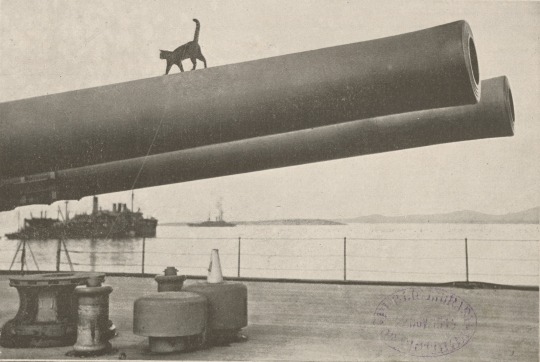
Continuing on in the long and time-honoured tradition of ‘cats being extremely confident in places they shouldn’t be’: meet the mascot cat of the H.M.S. Queen Elizabeth.
It was incredibly common for Naval vessels to have their own shipboard mascots in the form of cats, who offered the dual services of pest control below decks and morale and entertainment for the crew. Shipboard cats often had their own unofficial cat-sized hammocks and uniforms made for them, and they provided well-needed lightness to news reels throughout the turbulent years of World War One.
Here, one such cat can be seen parading along one of the 15 inch guns that made up this warship’s arsenal. Though her name is unknown, her pizzazz is immortalised in our collections. (SOURCE)
#cats#wartime#world war one#cats history#cat#funny#humorous#history#library#interesting#interesting history#historical photos#historical cats#did you know#pet#history of pets#queen elizabeth#warship#navy#Australia#libraries#librarian#support your library#silly cats#silly#booklr#humor#australian
187 notes
·
View notes
Photo
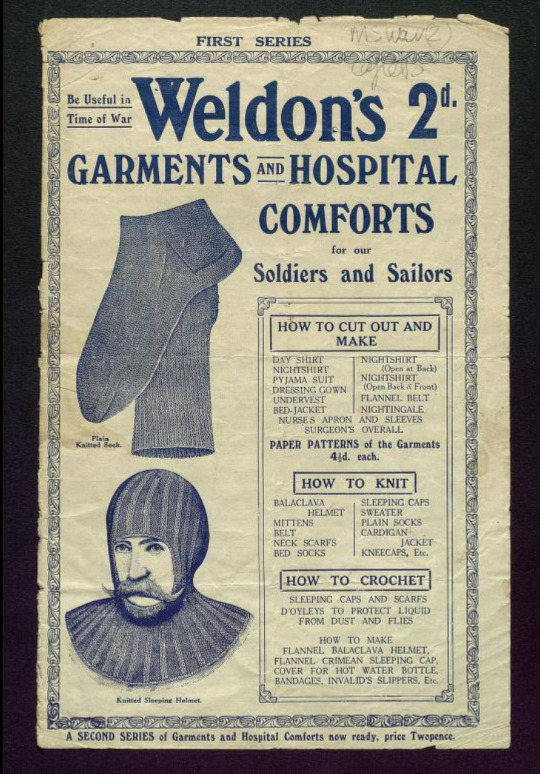

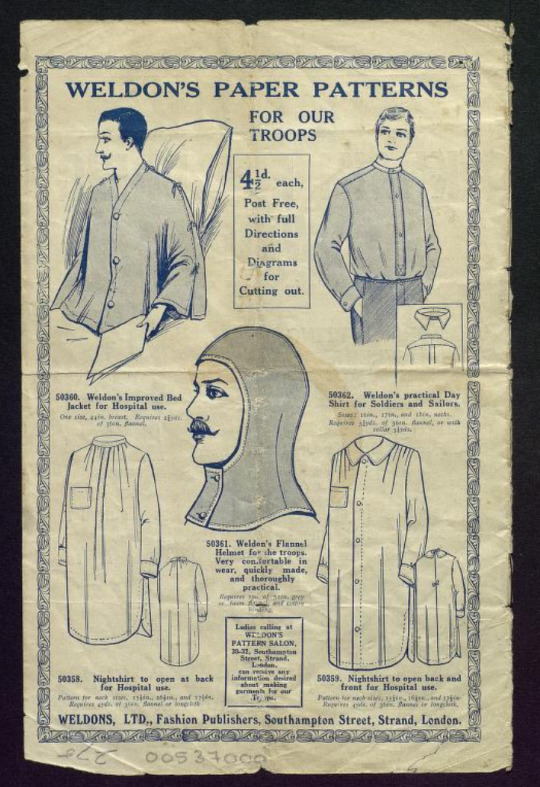







Wartime Balaclavas. Images from Internet Archive: https://archive.org/
188 notes
·
View notes
Text
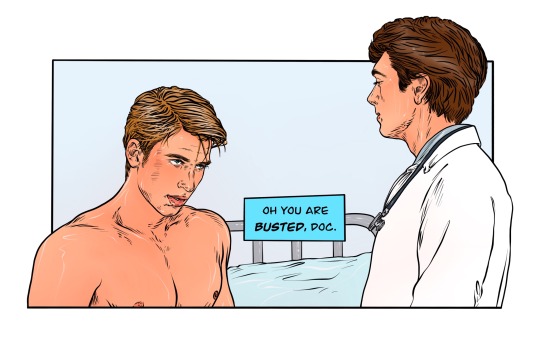
#doc barnes is losing his professional uppernhand#patreon teaser#stucky#doc barnes#steve rogers#bucky barnes#wartime#fresh baked steve#my art
379 notes
·
View notes
Text

Thousands of travelers, most of them men in uniform, pack Pennsylvania Station, waiting for trains to take them home for the holidays, December 22, 1942. Railroads announced that record-breaking crowds were on the move, causing as much as eight-hour delays.
Photo: NY Daily News
#vintage New York#1940s#Penn Station#Christmas travel#wartime#Dec. 22#22 Dec.#Christmas leave#Penn Station clock
172 notes
·
View notes
Photo
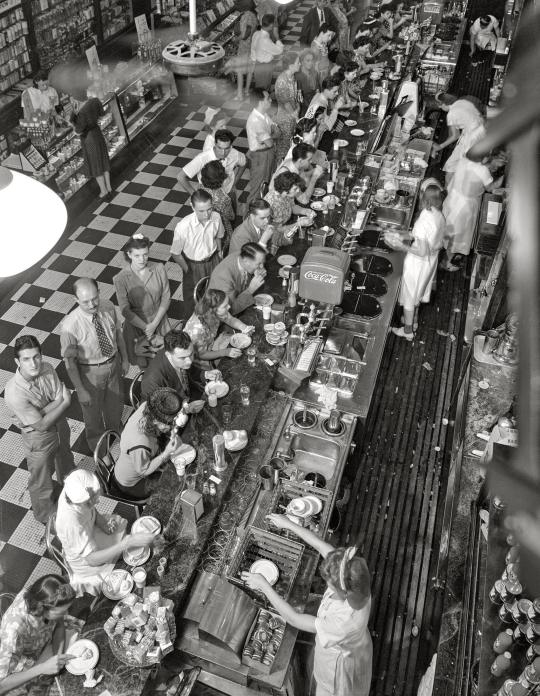
"People's Drug store lunch counter on G Street N.W. at noon." Photographed 1942 in Washington, D.C. by Marjory Collins for the Farm Security Administration.
703 notes
·
View notes
Text
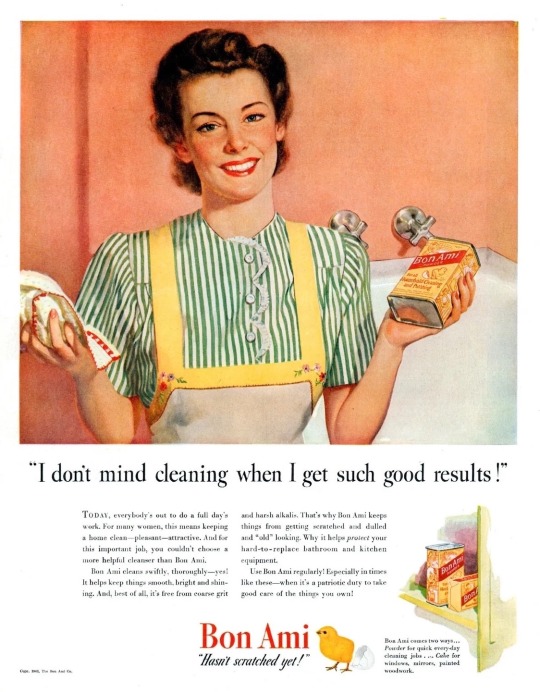
The Bon Ami Co, 1943
#cleanser#ad#1943#vintage#illustration#advertisement#cleaning#wartime#patriotic duty#WWII#housewife#baby chick#advertising#woman#on the homefront#household
114 notes
·
View notes
Photo
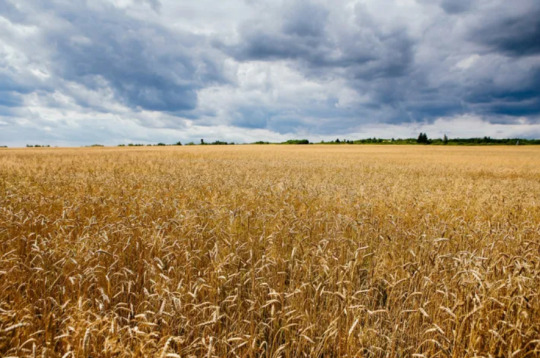
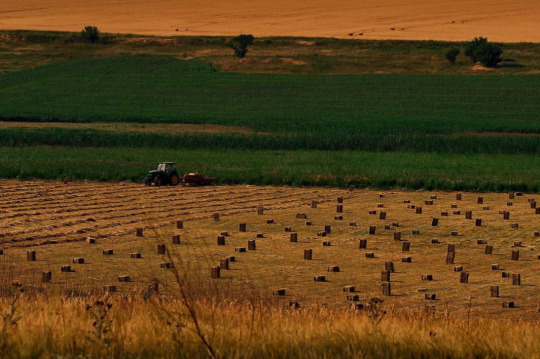


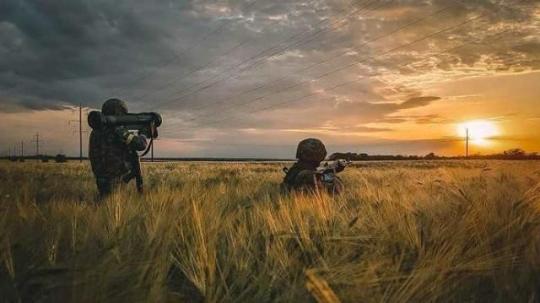
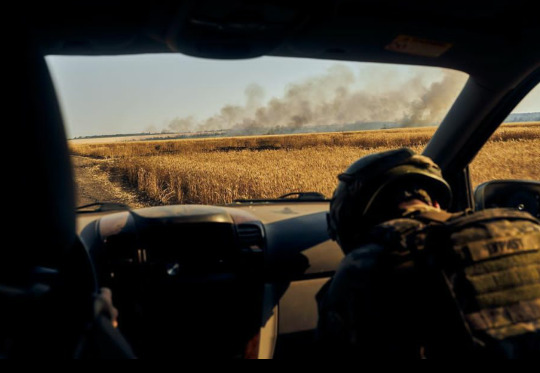

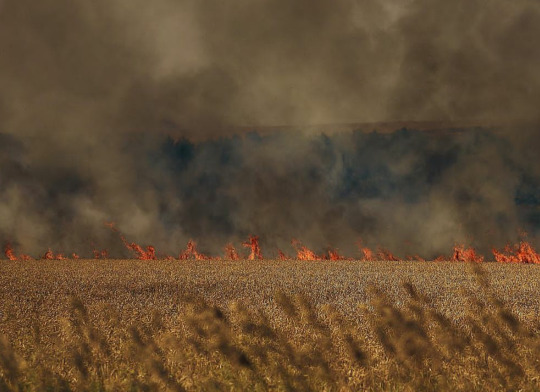

Charred wheat on Ukrainian fertile agricultural land
A wheat field is one of the Ukrainian symbols. Ears of wheat have long carried the energy of fertility and wealth. Almost 60 percent of the territory of Ukraine is covered with fields on which grain crops are grown. The quality and fertility of Ukrainian black soil (chernozemic soil) were once ‘confirmed’ by the Germans, who transported it in wagons from Ukraine during the Second World War.
Currently in the Ukrainian regions of Zaporizhzhya, Dnipropetrovsk, Kharkiv, Kherson and Donetsk the wheat fields are burning due to the explosions or the red-hot fragments of artillery shrapnel. With shelling Russia deliberately set wheat fields on fire, severely damaging crops.
The widespread destruction of the Ukrainian wheat fields that is under way now remains the Holodomor—the man-made famine orchestrated by Josef Stalin in the early 1930s to crush Ukrainian resistance to farm collectivisation. Stalin ordered the Soviet army to strip Ukrainian peasants of whatever food stores they had—even their pets. An estimated 3.9 million people died.
“The Russians are blowing up grain elevators. They are hitting cold storage facilities. There are even reports of them destroying farm equipment. There’s a very targeted approach to what they are doing.”
“Some people can’t fertilise their crop because the Russians are shooting everything that moves . There are reports of them mining the fields, the roads to the fields, not to mention a lot of unexploded ordinance and bodies in the fields. I think wheat yields will be on the floor—maybe a third or a quarter of what they’d normally be.” - Jonathan Clibborn, an Irish immigrant moved to Ukraine 15 years ago with just the shirt on his back, and now farms 3,000 hectares in the region west of Lviv, near the Polish border.
“Ukraine will not be able to plant corn. The winter wheat in the ground will not be fertilised, and the harvest sharply reduced. That’s a real danger. They are a country of 40 million people, but they produce food for 400 million. That’s the reality of a globalised world. We are all in this together.” - Arif Husain, chief economist at the UN World Food Programme.
source: https://www.nationalgeographic.co.uk/history-and-civilisation/2022
#ukraine#Europe#breadbasket#fields#wheat#agricultural#agronomy#seeds#exports#grains#invasion#distruction#devastation#war#wartime#land#Ukrainians#nations#harvest#stockpiles#Holodomor#resistance#fire#photojournalist#burning fields#soldiers#Charred#fields of grain#food crisis#food
375 notes
·
View notes
Text
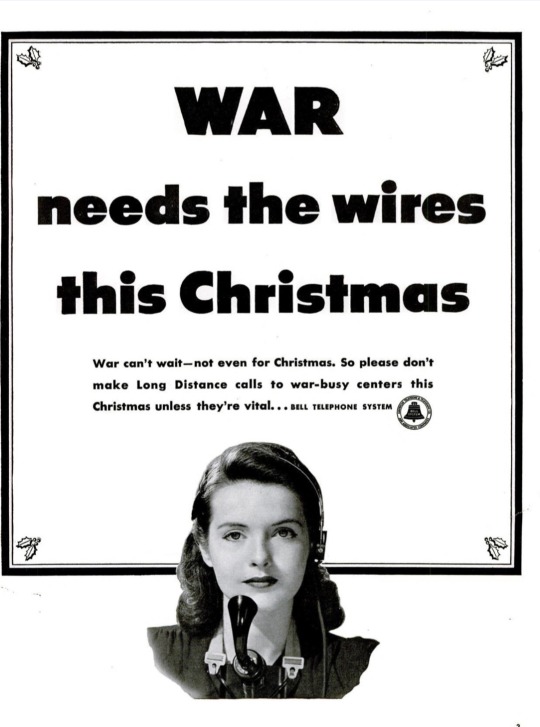
1942 Bell Telephone Systems World War 2 advertisement
#1942#wartime#bell telephone#lines#wwii#ww2#world war 2#vintageadsmakemehappy#vintage magazine#vintage advertising#magazine#advertising
169 notes
·
View notes